The sun gives life and energy to the entire planet. What better way to honor the life nourisher and sustainer than to do a brief sequence? In response to this, the Ministry of AYUSH will organize a worldwide Surya Namaskar event to celebrate the northward movement of Surya on Makar Sankranti on 14 Jan 2022.
Surya Namaskar, a combination of yoga asanas with 12 steps helps to attain a healthy body. Yoga has always been crucial to maintaining and enhancing our health and vitality. It benefits the mind as well as the body.
And in the series of yoga asanas, Surya Namaskar has always been first on the list. Although it may seem to be a simple exercise, it is full of health benefits.
So, here is a brief to give you all clear information about how to do Surya Namaskar and the benefits it offers, so keep reading.
Surya Namaskar – How to do it ?
In total, eight asanas together constitute Surya Namaskar in 12 steps:
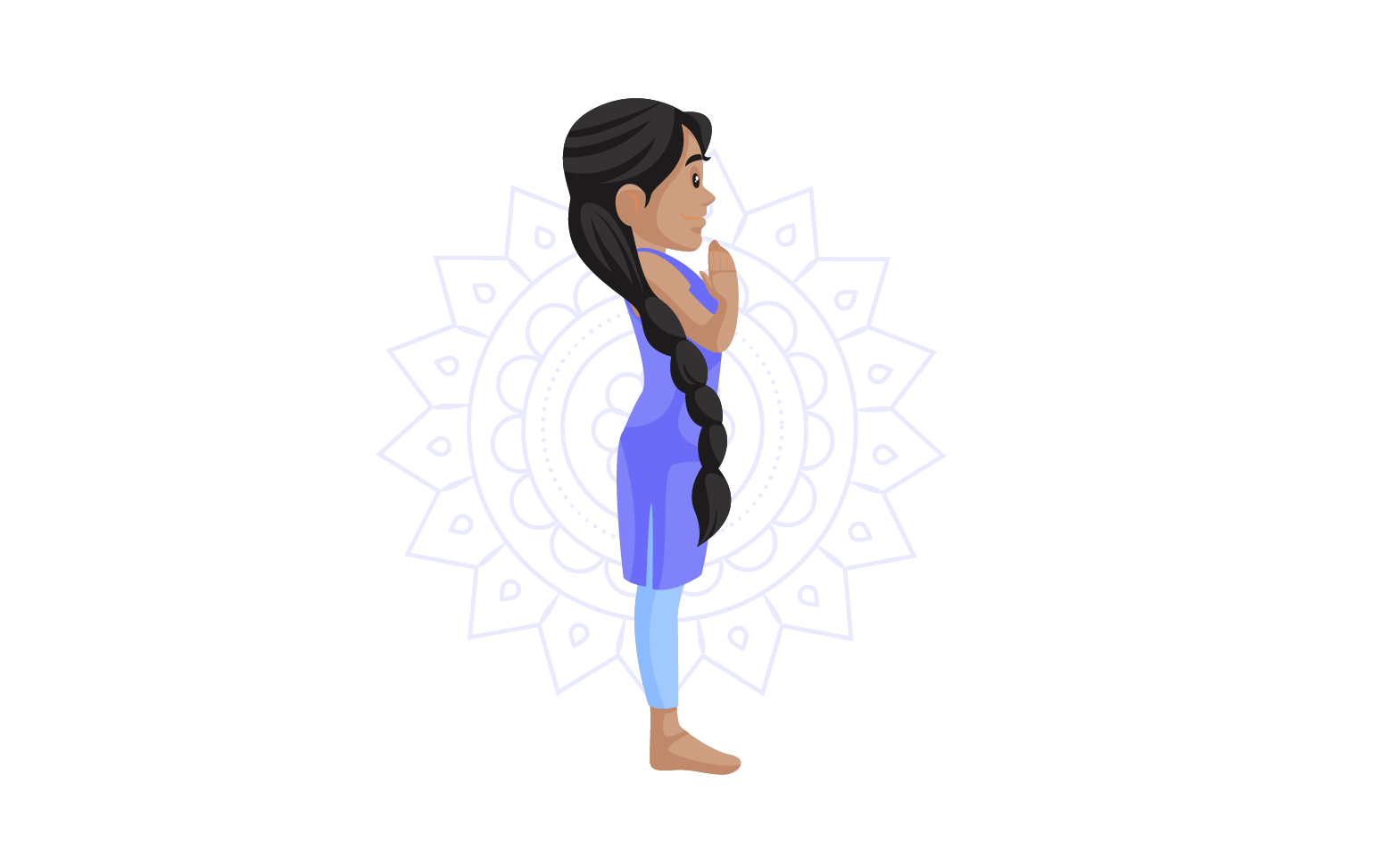
Step 1- Namaskarasana (Prayer Pose)
- Stand upright on your yoga mat and place your feet together.
- Relax your shoulders and your chest.
- Bring your hands together in prayer as you exhale.
It stabilizes the body and helps relieve anxiety, stress, and tension by relaxing the nervous system.
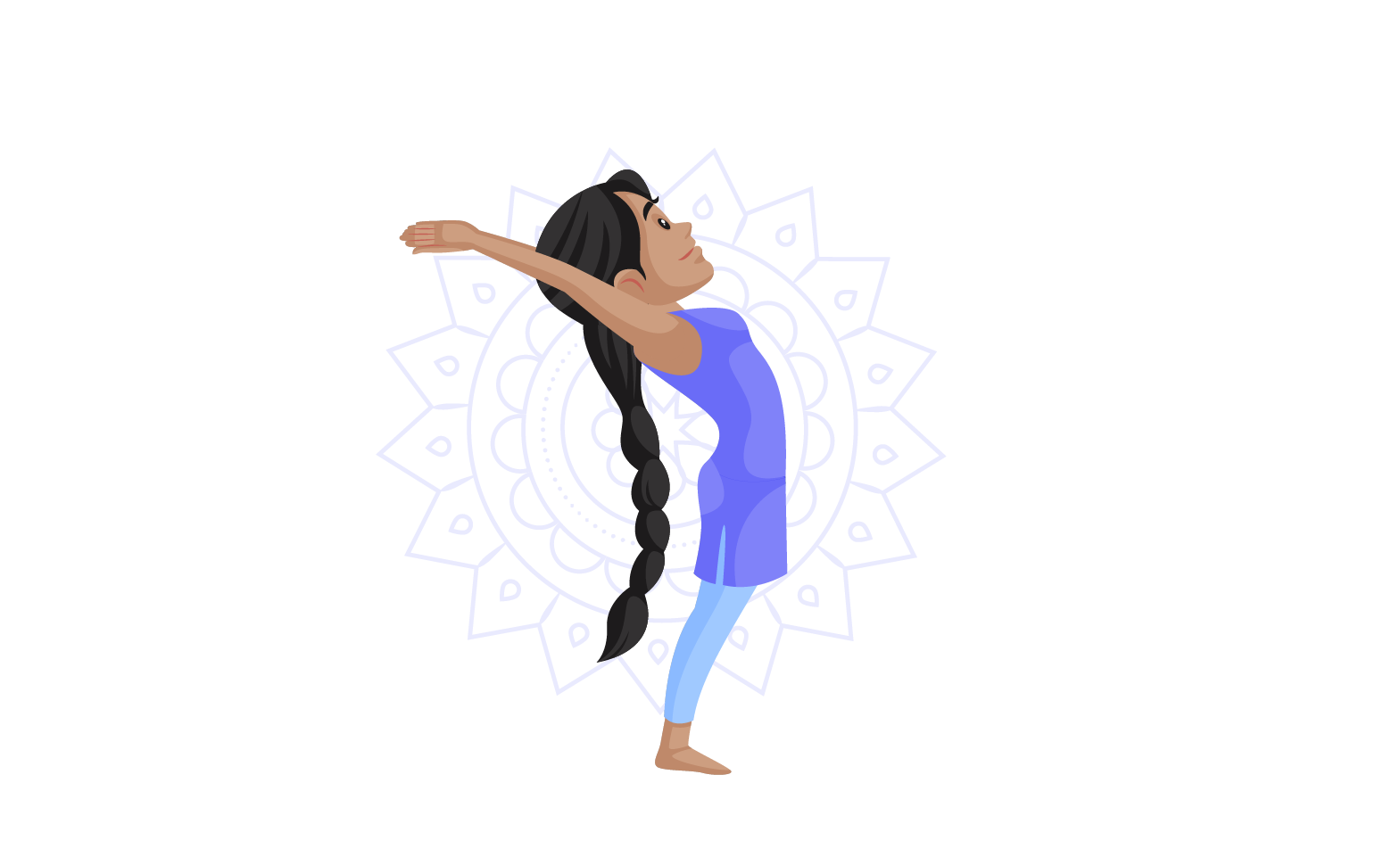
Step 2- Hasta Uttanasana (Raised Arms Pose)
- Now, inhale and raise your arms.
- From the heels up to the tips of the fingers, stretch your whole body.
It is an excellent way to try and tone your abdominal muscles. Especially helpful for asthmatics and people who suffer from back and joint pain. It also helps digestion.
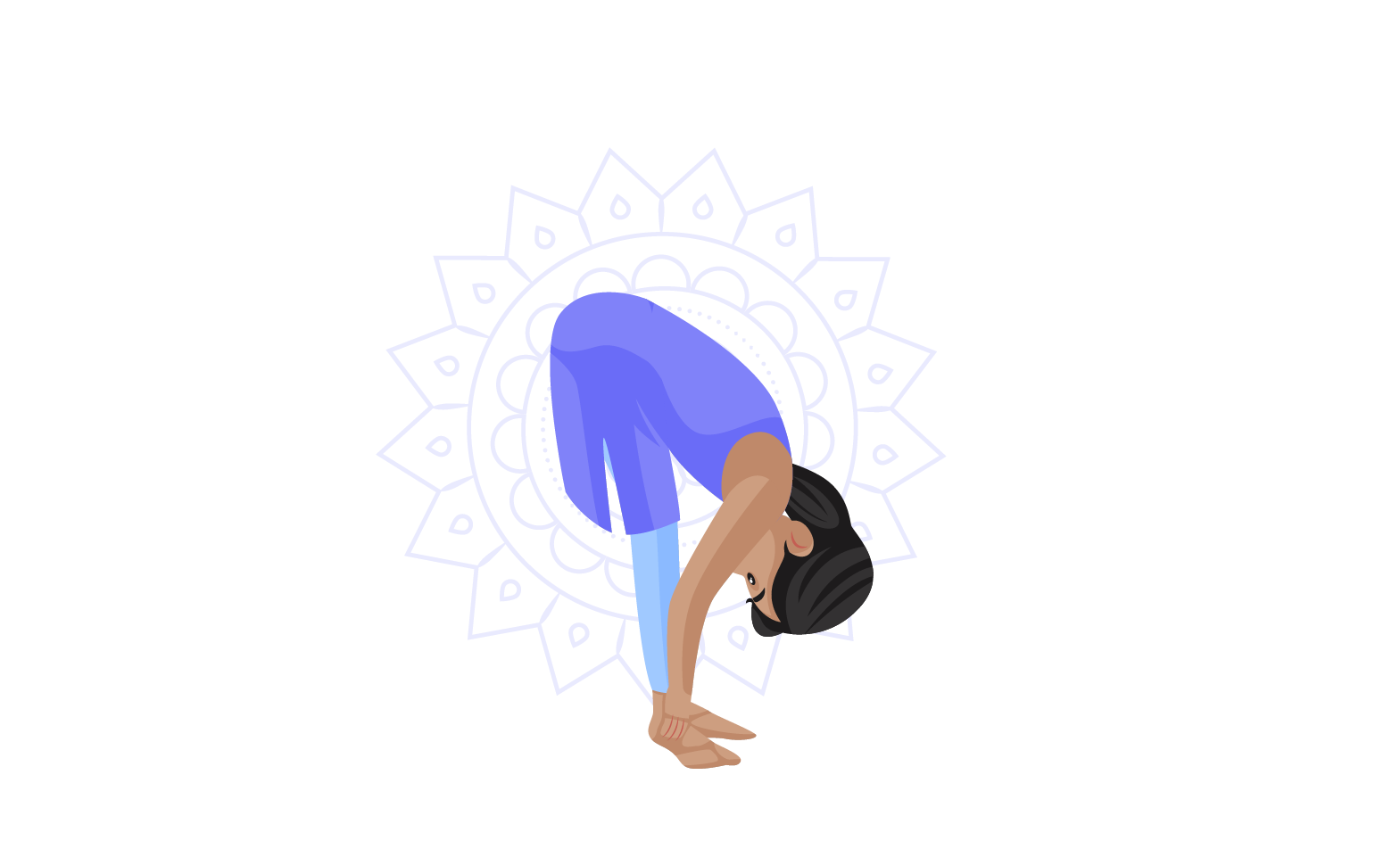
Step 3- Hasta Padasana (Hand to Foot Posture)
- Keep your spine straight and breathe out as you bend forward from your waist.
- Let your hands rest at your sides as you exhale.
It helps relieve insomnia, osteoporosis, headaches, anxiety, stress, and anxiety-induced migraines.
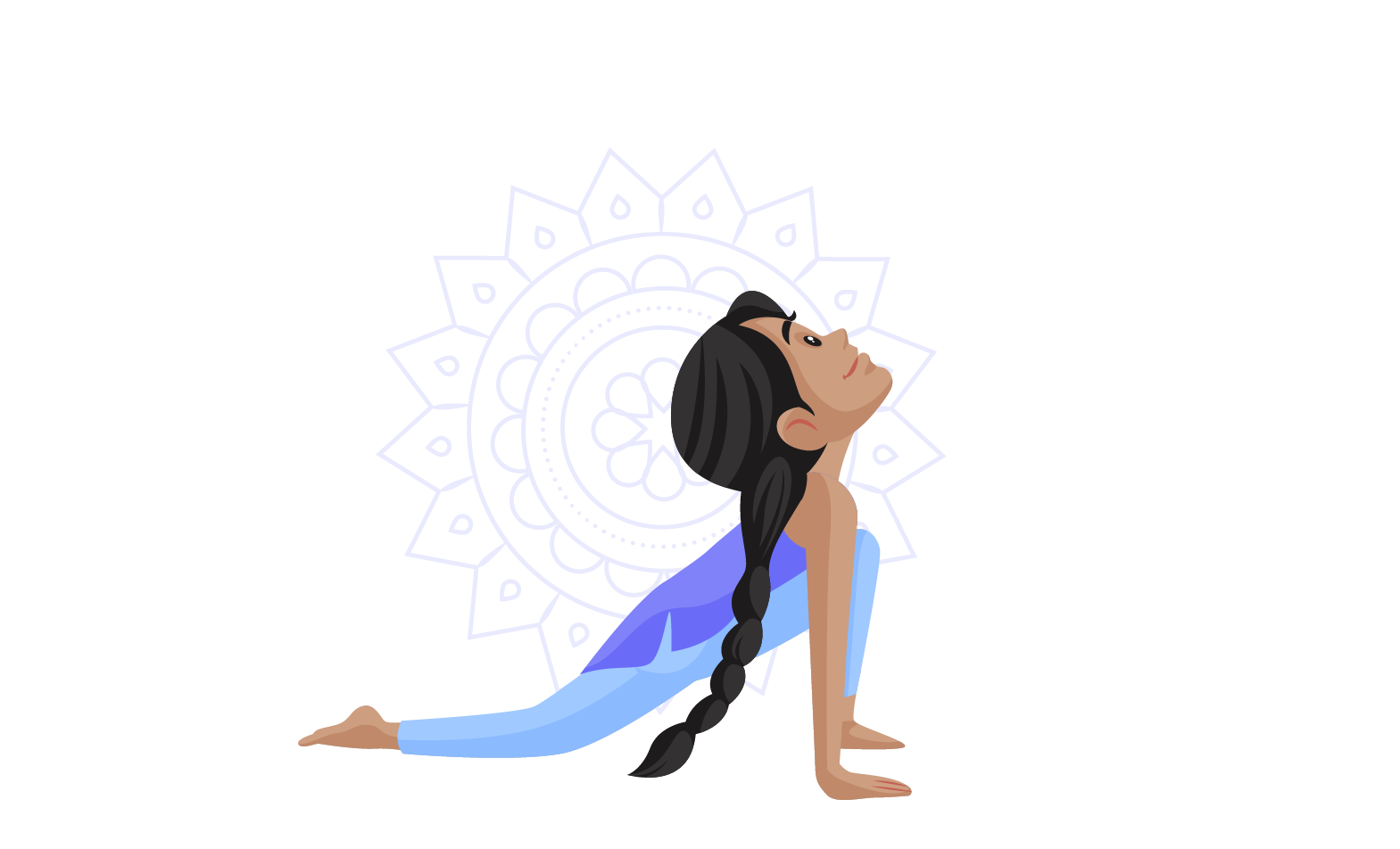
Step 4- Ashwa Sanchalanasana (Equestrian Pose)
- Take a deep breath and stretch your right leg as far back as it is comfortable.
- Slowly lookup.
It enhances lung capacity, improves the spine, and reduces constipation.
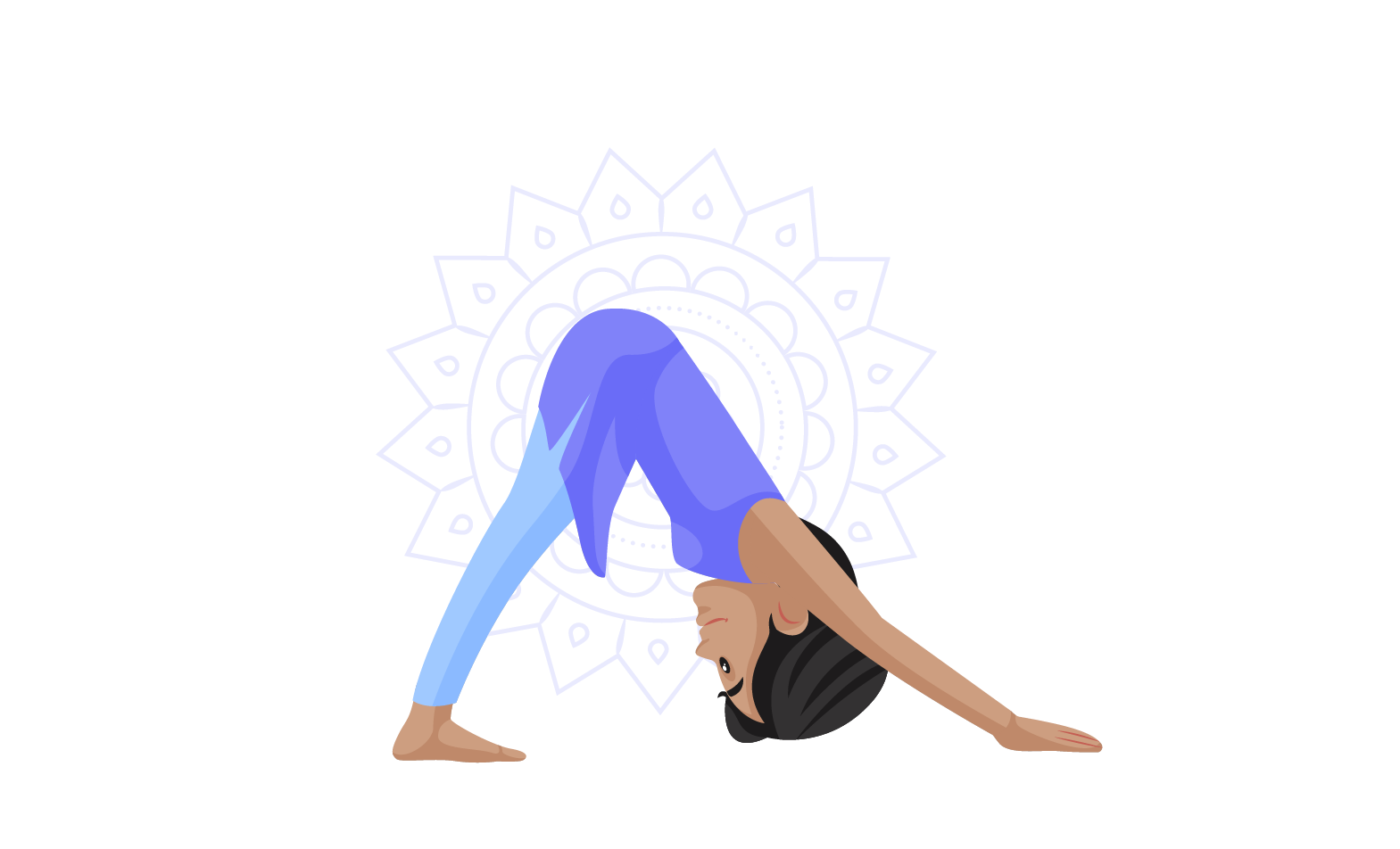
Step 5- Santolanasana (The Balance Pose)
- Take a deep breath and stretch your left leg back.
- Straighten your body out and support your weight on your palms and toes.
Besides improving posture and keeping the mind calm, stretching the arms, chest, shoulders, and spine assists in keeping the mind calm.
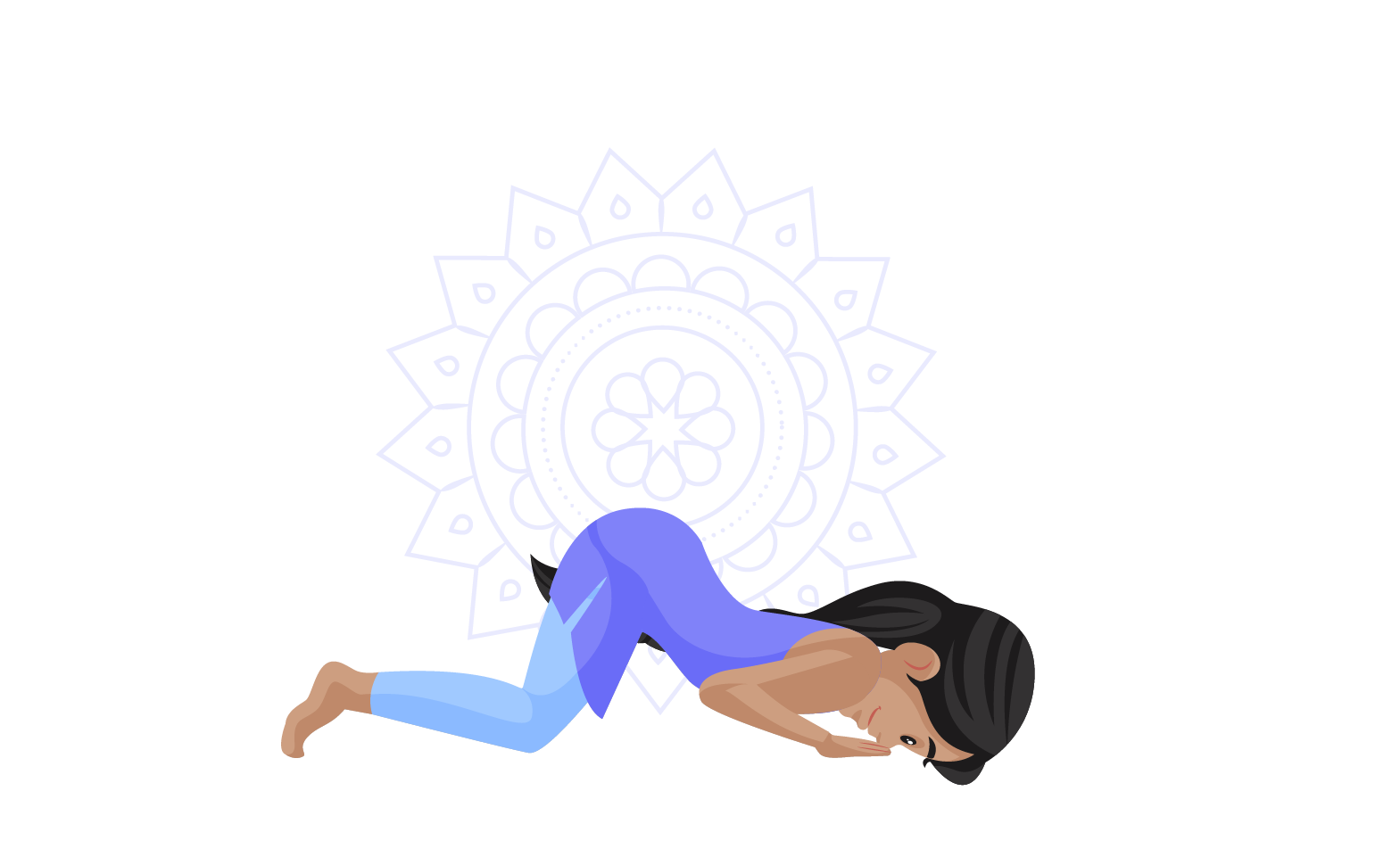
Step 6- Ashtanga Namaskara (Salute with eight parts or points)
- Lie on the ground with your chest and chin relaxed and exhale.
- Do a little lift at the back.
- As long as you are comfortable, hold the position.
It strengthens the muscles and relieves stress by increasing flexibility and stretching the back and spine.
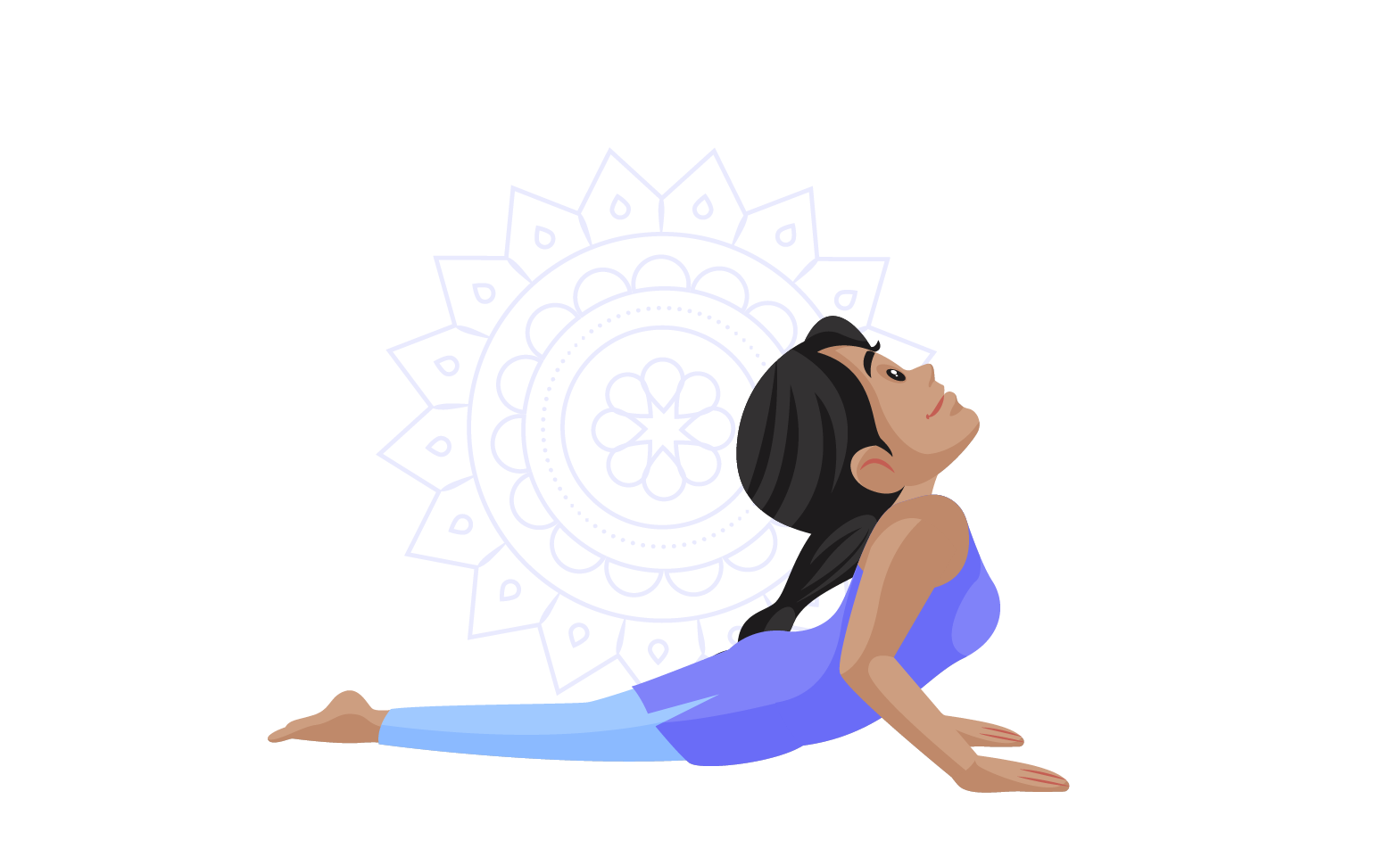
Step 7- Bhujangasana (Cobra Pose)
- You will be in the Cobra pose once you have slid forward.
- In this pose, make sure your elbows are bent and fixed.
- Slowly raise your head.
It improves flexibility and mood.

Step 8- Parvatasana (Mountain Posture)
- Exhale and lift your hips and tailbone.
- Make an inverted V pose by putting your chest downward.
In women, this yoga asana relieves symptoms of menopause by calming the nerves and increasing blood circulation.

Step 9- Ashwa Sanchalanasana (Equestrian Pose)
- Take a deep breath and thrust your right foot forward in between your hands.
- Bend your left knee toward the floor.
- Look up as you push your hips up.
It increases lung capacity and strengthens the spine. It also helps in easing constipation and indigestion.

Step 10- Hasta Padasana (Hand to Foot Posture)
It is the same as the third asana of Surya Namaskar.
- Bend forward from your waist while keeping your spine straight. Breathe out.
- Put your hands by your sides.

Step 11- Hasta Uttanasana (Raised Arms Pose)
Same as the second asana of Surya Namaskar.
- Take a deep breath and raise your arms.
- Stretch your whole body, from heels to fingertips.

Step 12- Namaskarasana (Prayer Pose):
- Stand upright on your yoga mat and place your feet together.
- Relax your shoulders and your chest.
- Bring your hands together in prayer as you exhale.
It stabilizes the body and helps relieve anxiety, stress, and tension by relaxing the nervous system.
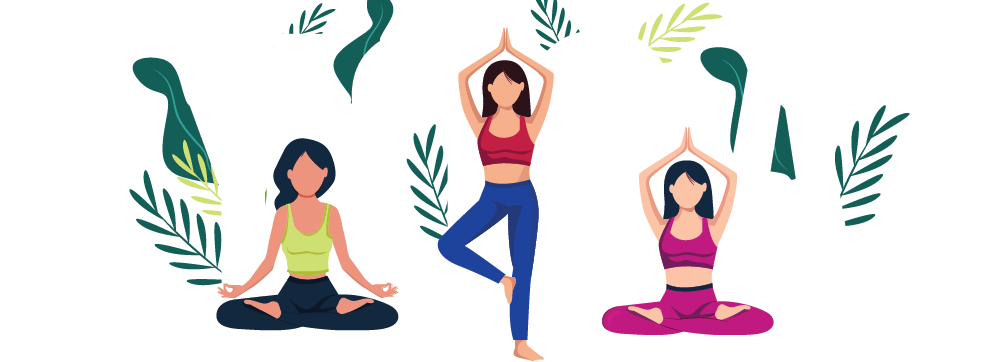
Benefits of Suryanamaskar
Surya Namaskar’s benefits range from healthy living to strengthening your muscles. Every step in the Surya Namaskar has its benefits.
The following are other significant benefits of Surya Namaskar:
- Helps with weight loss
- Strengthens muscles and joints
- Ensures a better functioning digestive system
- Helps combat insomnia
- Ensures a regular menstrual cycle
- Maintains a healthy nervous system
- Reduces blood sugar levels
- Lowers stress levels
- Boost digestive metabolism
In celebration of Makar Sankranti, join 75 lakh people in a global initiative conducted by the Ayush ministry to perform the healing Surya Namaskar from Sunrise to Sunset.
To complement the efforts of the Ministry of Ayush, AyuRythm allows users to track their ayurvedic Nadi and vital signs before and after Suryanamaskar. Download the AyuRythm App from Google Play or the AppStore and enter AYUMOA after clicking the SURYATHON banner to take advantage of Surya Namaskar and the enriched science of Nadi Vigyan.
– Written by Dr. Vaishali Atri for AyuRythm

